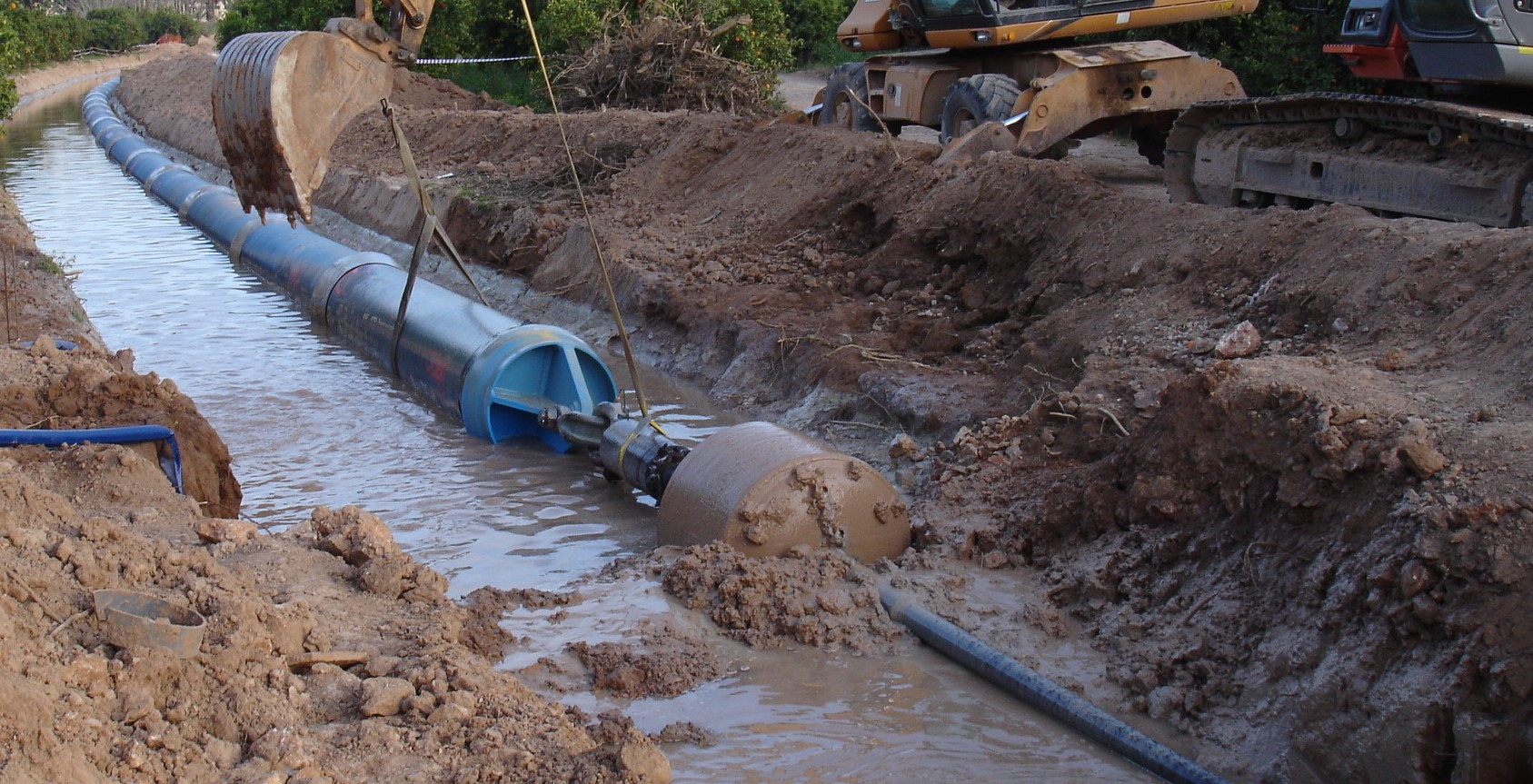What is ductile cast iron? What does “ductile” mean?

Ductile iron is an alloy of carbon and iron, as is steel.
In general, it can be said that an alloy with a carbon percentage less than 1.7% is a steel, and if it is higher, a cast iron or cast iron. The 1.7% limit makes a lot of metallographic sense, as it marks the limit at which the solidification process generates austenite.
There are numerous types of cast iron. The most general definition of it could be “that alloy of iron and carbon that allows the formation of a eutectic at the time of solidification” (that is, a process in which two solid phases are formed). It is important to note that the eutectic temperature is the lowest temperature at which liquid (and very fluid) casting can be maintained, so that casting is operated at temperatures lower than those of steel. This allows energy consumption to be lower than that of steel, and allows the moldability of the material to be much higher.
Among the most common castings are gray cast iron and ductile cast iron (as well as many other variations).
The gray foundry (left image) is one in which carbon precipitation occurs in the form of sheets. It is a material with good moldability and resistance to abrasion but, nevertheless, it is fragile.
Ductile iron (right image) is one in which carbon precipitation occurs in the form of spheres. It is a material with good moldability and it is very ductile. The material is also known as nodular cast iron or GS cast iron.
The importance of the shape of carbon in the metallic matrix is paramount. Some tension lines have been drawn in the image. In gray cast iron these are easily concentrated and generate break points (brittleness), whereas in ductile or nodular cast iron they do not accumulate with the same density. This makes the material able to withstand great stresses and deformations before breaking: this is what “ductile” means. It is an essential property when transporting water under pressure.
The element that causes carbon crystallization to occur in nodules is the addition of approximately 0.04% magnesium (Mg) to the liquid casting. This procedure was discovered and perfected since the mid-20th century. Magnesium is added to the liquid casting in the process called “conversion”, which is strongly exothermic, and is carried out under controlled conditions.
A guiding composition for ductile iron is as follows:
Iron Fe 93.2% to 94.3%
Carbon C 3.3% to 3.4%
Silica Yes 2.2% to 2.8%
Manganese Mn 0.1% to 0.5%
Magnesium Mg 0.03 to 0.04%
Phosphorus P 0.005% to 0.04%
Sulfur S 0.005% to 0.02%





